Cycling to "traffic jam"?Is the city ready?
Author:Daily Economic News Time:2022.06.22
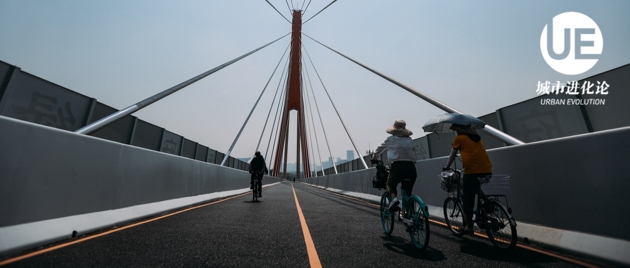
Photo source: Every reporter Zhang Jian
The wind of the cycling was scratched. The lane first felt this boom.
On social media, riders in Chang'an Street in Beijing began to get together. On the bicycle lane separated by the fence, professional riders wearing helmets, riding clothes, and tens of thousands of professional bicycles, with men and women riding with various shared bicycles, drove hand in hand.
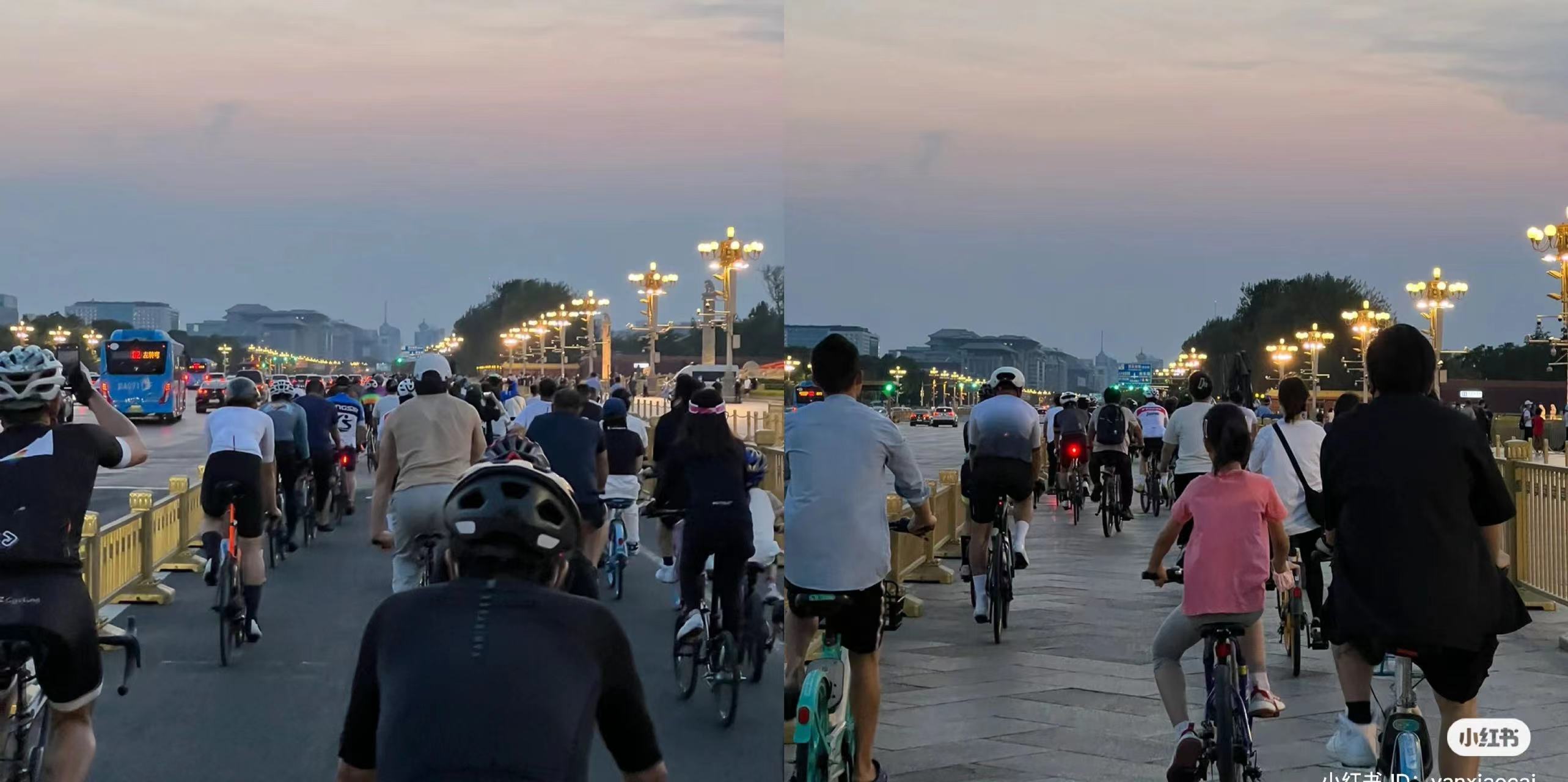
Chang'an Street Rider Picture Source: Xiaohong Book Blog Lord Yan Xiaocai
The water lanes next door are not leaked, and the bicycle lanes are not too much -sandwiched between a large number of bicycles, and each cyclist carefully maintains the shortest safety distance. It seems that he returns to the age of "dominating" the bicycle 30 years ago.
This is the case on the road. The bicycle lanes that are not born in China are not long, and they have become "Xanadu" rushing into the influx of riders.
In Chengdu, a 100 -kilometer -long detour green road has become a punch point for local riders. Many people spontaneously launch challenges and release strategies, and will promote the ranks of Chengdu's "New Iron Man" in one fell swoop.
The speed of the market makes the greenway managers feel a "sweet anxiety". According to a staff member, they have to work overtime and promote the improvement of various facilities, and release the official cycling information as soon as possible to catch up with the riders pace.
Data can also explain the popularity of special lanes. In 2019, Beijing opened the first domestic bicycle lane for commuting. Not long ago, it announced nearly 3 years of data: At present, the average daily cycling volume is 4,000 to 5,000 people, and the cumulative carbon reduction exceeds 1,500 tons.
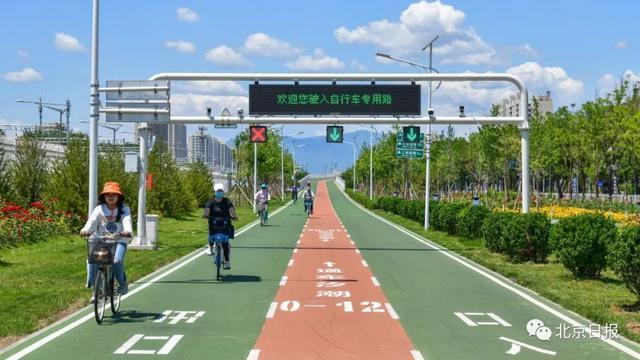
Two highways, mainly designed as elevated Beijing bicycle -specific lanes Source: Beijing Daily
In a sense, the dedicated lanes have deployed the dividing lines of the two eras of new and old riders. Compared with the popular camping and flying trays before, cycling is more like a traditional "regression" -after decades of competition for motor vehicles and bicycles about lanes, the city re -examines the significance of bicycles and builds a special lane. "Please return" the city to the city. Behind it, it is the wave of "bicycle -friendly cities" led by cities such as Beijing, Shanghai, Guangzhou and Shenzhen.
But how can such a lane, as "riding hot" now?
Wave from 1 to N
It was almost after Beijing, and the bicycle lane specially entered the discourse system of urban construction on a large area.
In 2015, with the completion of the second phase of Beijing Zhongguancun Software Park, a new wave of enterprises settled in and the number of people entered the park reached the peak. The problem of commuting congestion from the backdoning area of the programmer's settlement area to the software park has intensified. The design of a bicycle lane with a long -term queue for the subway for a long time and solving the high -speed road partition brings inconvenience has become particularly urgent.
The value of the bicycle had been seen again at the time. At that time, the shared bicycles were pushed to the Volkswagen's OFO and Mobike.
In many cities represented by Hangzhou, the green roads created by rivers, Binhu, and Binjiang areas have allowed casual cycling to grow quietly. The bicycle, which was squeezed by motor vehicles and rapidly declining by motor vehicles, was quietly ushered in the turning point.

Picture source: Screenshot of Xiaohongshu
Do I need to build a bicycle lane? This issue repeatedly discussed in Beijing.
Li Weibin, then senior engineer of the Beijing Urban Planning and Design Institute of Transportation Planning Institute, showed such tangles in the interview. According to her, this study is often at the level of ideas, but it does not have the practice of planning to land. In addition, considering Beijing's demonstration effect as the capital, the discussion of lanes is quite cautious.
At that time, the domestic lack of design standards for bicycle lanes, nor did they use bicycle lanes as a precedent for commuting alternatives. Various details also need to be pondered repeatedly. For example, is it building an elevated or flat road? How to coordinate the relationship with other roads?
If the designers in Beijing were slightly hesitant at the time, then the city's attitude towards bicycle lanes at the moment was more determined.
Different from the "Bicycle Expressway" built in Beijing, more cities choose to carry the bicycle lane function on the basis of green roads. According to statistics from Hong Pengfei and Jiang Yiyi from Beijing Sports University, as early as 2018, cities including Zhengzhou, Hangzhou, Chengdu, Suzhou have set up more than 2,000 kilometers of bicycle lanes and green roads.
Taking Chengdu as an example, the green road built in 2021 has reached 5188 kilometers. If the previous plan is planned, the bicycle lanes built in the past three years will exceed 1,000 kilometers.
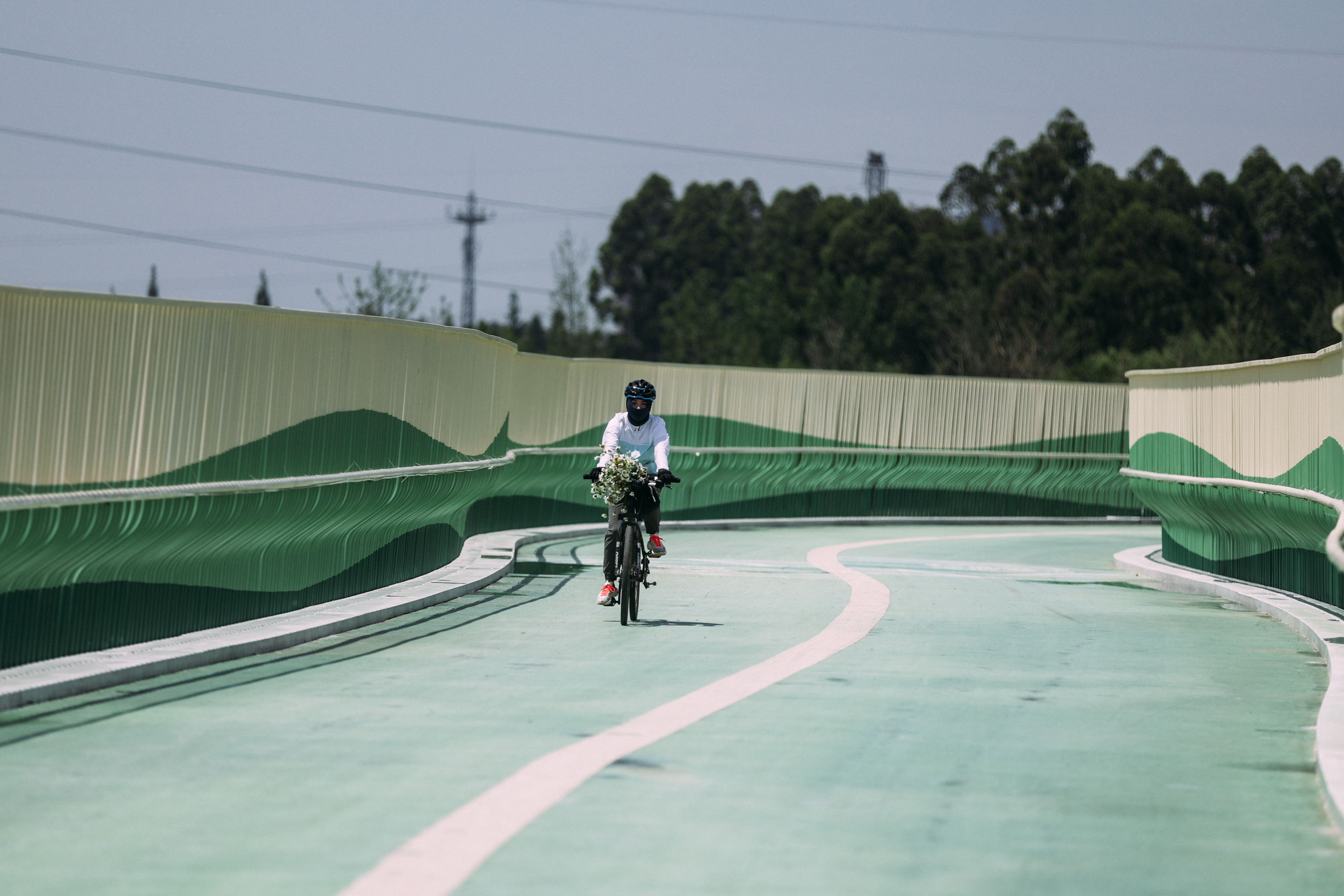
Photo source: Every reporter Zhang Jian
These bicycles are usually stronger and better connected. Chengdu's 100 -kilometer around the city green road can basically achieve closed -loop cycling cycling, and multiple parks along the way to enhance the experience of cycling, making more people be surrounded by the social circle of the cycling.
In the "Outline of the National Comprehensive Three -dimensional Transportation Network Planning" issued by the Central Committee of the Communist Party of China and the State Council in 2021, it is mentioned that the construction of slow -moving transportation systems such as urban walking and bicycles should be strengthened, which is particularly emphasized that various localities must "build special bicycle lanes according to local conditions."
Define "special lanes"
In fact, since the Beijing bicycle lane has entered the public eye, discussions on whether they can copy have not stopped.
When asked about this problem, many experts including Li Weibin have expressed negative. They believe that this is a "luxury" that cannot be copied, but only to solve special problems in a specific place. "Adaptation according to local conditions" means to carefully study and judge, and do not easily set up bicycle lanes at less than a last resort. There is a classification method in the industry for bicycle lanes:
One is an independent bicycle -specific lane. For example, the special lane for Beijing bicycles has nothing to do with the motor lanes. It can allow the bicycle to move between several nodes, similar to the "highway" operation mechanism;
The other type of mobility lanes may be separated by real objects such as green belts or fences, or it may only be separated by lines.
No matter which type, the urban bicycle road network system is indispensable to meet the purpose of safe continuous and convenient popularization. In fact, Li Weibin has emphasized that this is not its original intention to adopt an elevated independent lane mode for Beijing's special lanes. In fact, it has hindered more people to enter and drive the bicycle lane conveniently.
Picture source: Xinhua News Agency information map
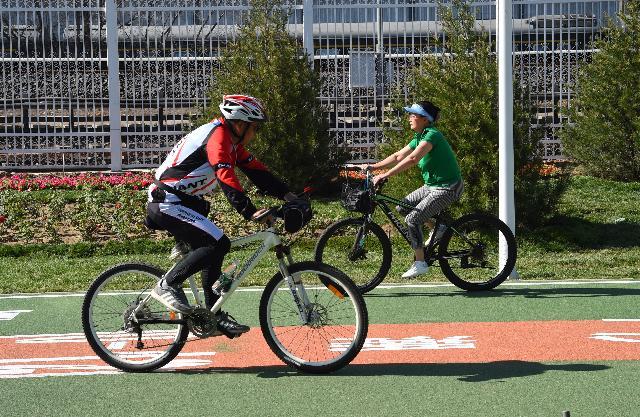
In other words, even if a lane is built, even if the cycling space is increased, it does not mean that it can be more friendly to the cyclist.
Lin Xiao (pseudonym), who had suffered from nowhere to ride, built a green road in the city where he lived, and once purchased a full set of ride equipment with passion.
However, after entering the bicycle -specific lane, she found that she was not as expected -perhaps because it did not clearly announce the rules of the use of the bicycle lane, or maybe the lack of supervision of the rules of compliance. In order to avoid pedestrians, she had to dodge repeatedly and stop, which affected the cycling experience.
Judging from the example of Beijing, the management cost of lanes is expensive. There are a team of more than 100 people in charge and discouragement of the entrance exit to prevent pedestrians and electric vehicles, as well as children who have not reached the age of legal riding. Panel cleaning, bicycle cleanup and other work.
Not only the pedestrians want to "divide a share", the contradiction between the "old rival" motor vehicle and the bicycle is not reduced.
Last year, some media found that when investigating Changan Street bicycle lanes, it was found that a large number of professional riders appeared, which seemed to add a hidden safety hazard to the road; motor vehicles had to change their original driving habits, such as waiting and riders at the intersection without red and green lights. Wrong car timing and so on. However, the rider did not agree with the results of this survey. In their opinion, "the speed of the cycling should be in a reasonable range" and "the turning should wait for the straight" without requiring the required concession.
For existing bicycle lanes, lack of cognitive and management methods with more granularity. Starting from the cyclist, Guan Yang, a special expert of the Road Safety Research Center of the Ministry of Public Security, wrote a more refined classification method.
For example, statistics from a high -level or experienced cyclist, basic or lack of self -confidence, and minor cylers in a road section, to match the corresponding road design, it will better solve the road to use all parties after re -distribution of the road rights in the road rights. Contradiction. For another example, the main commuters are mostly commuting, and they will also affect their demand for bicycle lanes.
Go out of "negative spiral"
Photo source: Every reporter Zhang Jian
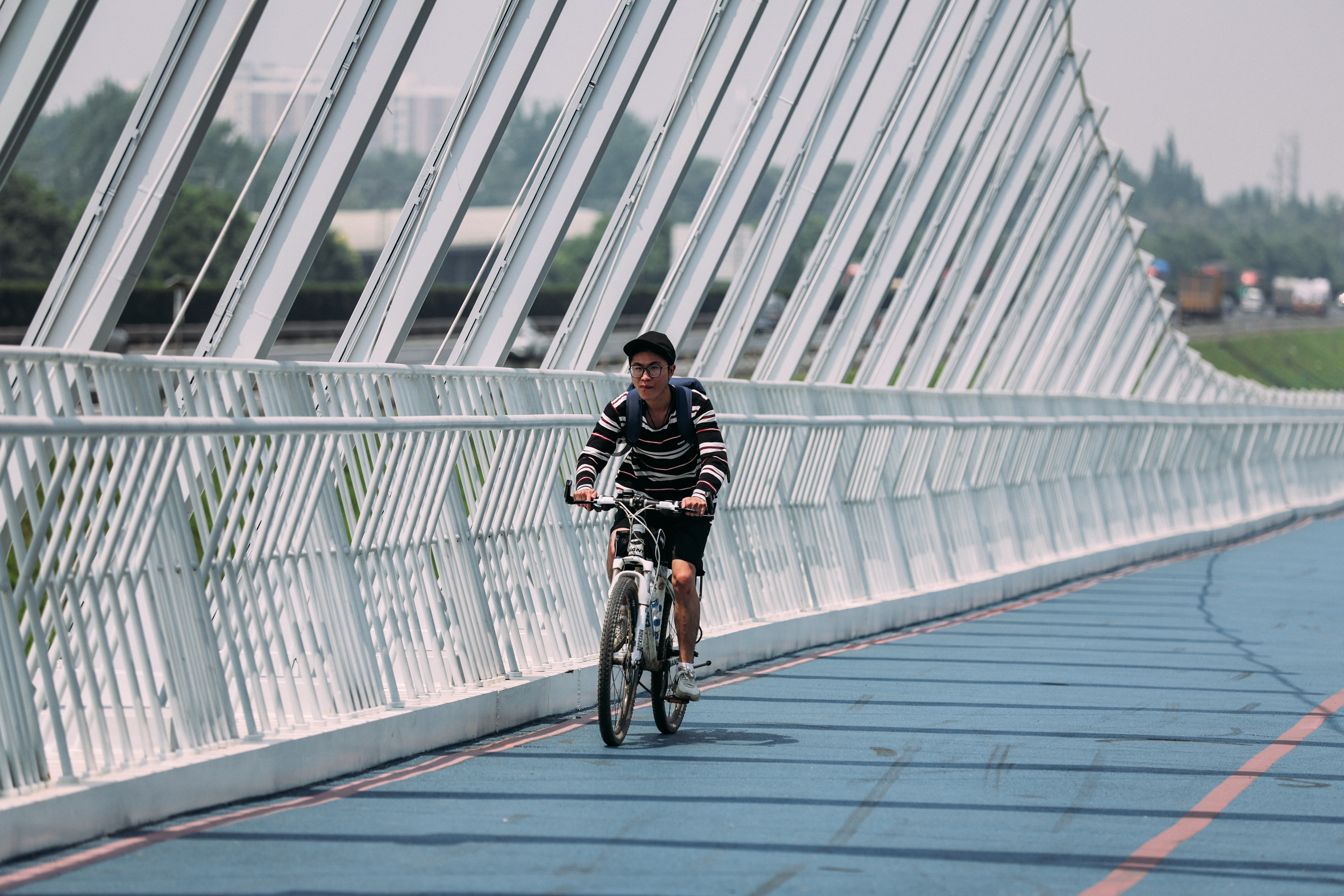
Many researchers have found that building a bicycle lane is not just as simple as improving traffic.
Jennie Liu Liu, director of the Urban Research Center of Portland State University in Oregon, has studied the effects of new bicycle lanes in the American city. She found that when the road is divided into more bicycle lanes, not only will it not damage the business of shops along the street, but it can promote its development. For example, the launch of a bicycle lane on a street in Minnespois increased the retail sales of food streets by 52.44%.
This is the same as the United States related to the efficiency of automobile traffic and the level of commercial development, and is named "Bicycle Economics" by Jenny Liu. "Bicycle Life Save the Economy" author, Eli Bru, further explained:
"Although the" speed "of the entire street slows down, it becomes safe and comfortable at the same time. Passers -by do not have to pay too much attention to road conditions, and have more time to observe store products and increase the motivation to stop the store or restaurant."
Considering the positive effect of the bicycle economy, it has promoted the United States to increase the federal special funds for the construction of urban bicycle infrastructure. By 2017, the number had exceeded 970 million US dollars.
There are also Singapore who chose to "expand" for bicycles. According to the previous plan, the Singapore government plans to increase the bicycle lane from 440 kilometers to 1300 kilometers by 2030.
Compared with the United States, the bicycle lane adds more important strokes to the urban planning of Singapore. Under the development goals of the "city in the park", green travel is indispensable. After talking with the local transportation department, it will find that slow transportation is the end of the organic and effective operation of the entire city.
Take the TOD concept as an example. According to its relevant staff, under the rail transit as the urban arteries, the organizational methods of urban residence, business and other organizations are based on the site to reconstruct the logic of the city. Together, the city's complete circulation system is formed.
In fact, for most cities that have gone through the era of industrialization and the unlimited expansion of motor vehicle roads, this is a survey of planning errors.
The "Demon Law" named after American scholar public policy scholar Anthony Dangs believes that in the past, the idea of increasing road traffic ability to solve the problem of congestion often brought anti -effects.Because increasing roads will attract more people to give up public transportation, use private cars, and cause a new round of traffic congestion.As a result, the city fell into the negative spiral of the "traffic jam-road repair-traffic jam".Just like treating air problems, the deteriorating air quality allows people to hide into the motor vehicle, close the windows, and the increase in the number of motor vehicles further deteriorated the air.The city needs to come up with a more sincere solution, so that more people feel sincere, so as to find the key to breaking the question.
May wish to review the "Beijing Declaration: Chinese City Traffic Development Strategy" released in 1995. It once mentioned a core principle, "The purpose of transportation is to realize the movement of people and things, not the movement of vehicles."
Daily Economic News
- END -
Hainan Coast Police cracked 6 cases of drug -related cases arrested 6 drug -related personnel

Commercial Daily All -Media (Coconut Network/Altitude mobile phone reporter Xu Min...
Luoyang Yichuan Shangyuan Village: Natural gas, the countryside becomes more beautiful

Top News · Henan Business Daily reporter Fu Shoupeng Correspondent Ge Gaoyuan Liu...